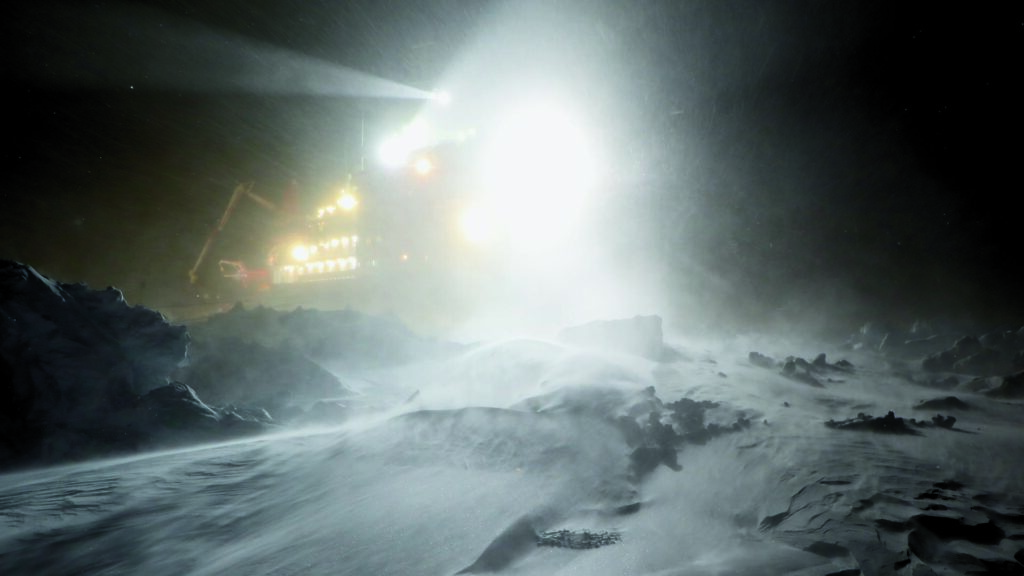Atmospheric scientists led by Jian Wang discovered abundant fine sea salt aerosol production from wind-blown snow in the central Arctic, increasing seasonal surface warming.
When it comes to global warming trends, the Arctic is a troubling outlier. The Arctic warms nearly four times faster than the global average, and aerosols play an important role in that warming. Scientists have long known that pollutants from other regions can accumulate in the Arctic atmosphere where they alter atmospheric chemistry, absorb sunlight and affect local weather patterns, leading to localized warming that melts ice and snow. Sea salt particles dominate aerosol mass concentration, but their production mechanisms and impact on Arctic climate have remained unclear.
Atmospheric scientists led by Jian Wang, director of the Center for Aerosol Science and Engineering and a professor of energy, environmental and chemical engineering at the McKelvey School of Engineering at Washington University in St. Louis, investigated the production and impact of sea salt aerosols on Arctic warming. Their results, published Sept. 4 in Nature Geoscience, revealed abundant fine sea salt aerosol production from blowing snow in the central Arctic, increasing particle concentration and cloud formation.

We found sea salt particles that were much smaller and in higher concentration than expected when there was blowing snow under strong wind conditions.
Jian Wang
“Over the past few decades, scientists have identified ‘Arctic haze’ as the primary source of aerosols in the Arctic during winter and spring. This haze results from the long-range transport of pollutants,” said Xianda Gong, first author on the study and a former postdoctoral researcher in Wang’s lab. “However, our study reveals that local blowing snow, which produces sea salt particles, contributes a more substantial fraction to the total aerosol population in the central Arctic.”
Wang’s team analyzed data collected by the Multidisciplinary Drifting Observatory for the Study of Arctic Climate (MOSAiC). Such observations are difficult to obtain — the MOSAiC expedition entailed international collaboration and freezing an icebreaker into the central Arctic ice pack to drift with the sea ice for an entire year — but essential to understanding the full picture of atmospheric conditions in the Arctic.
